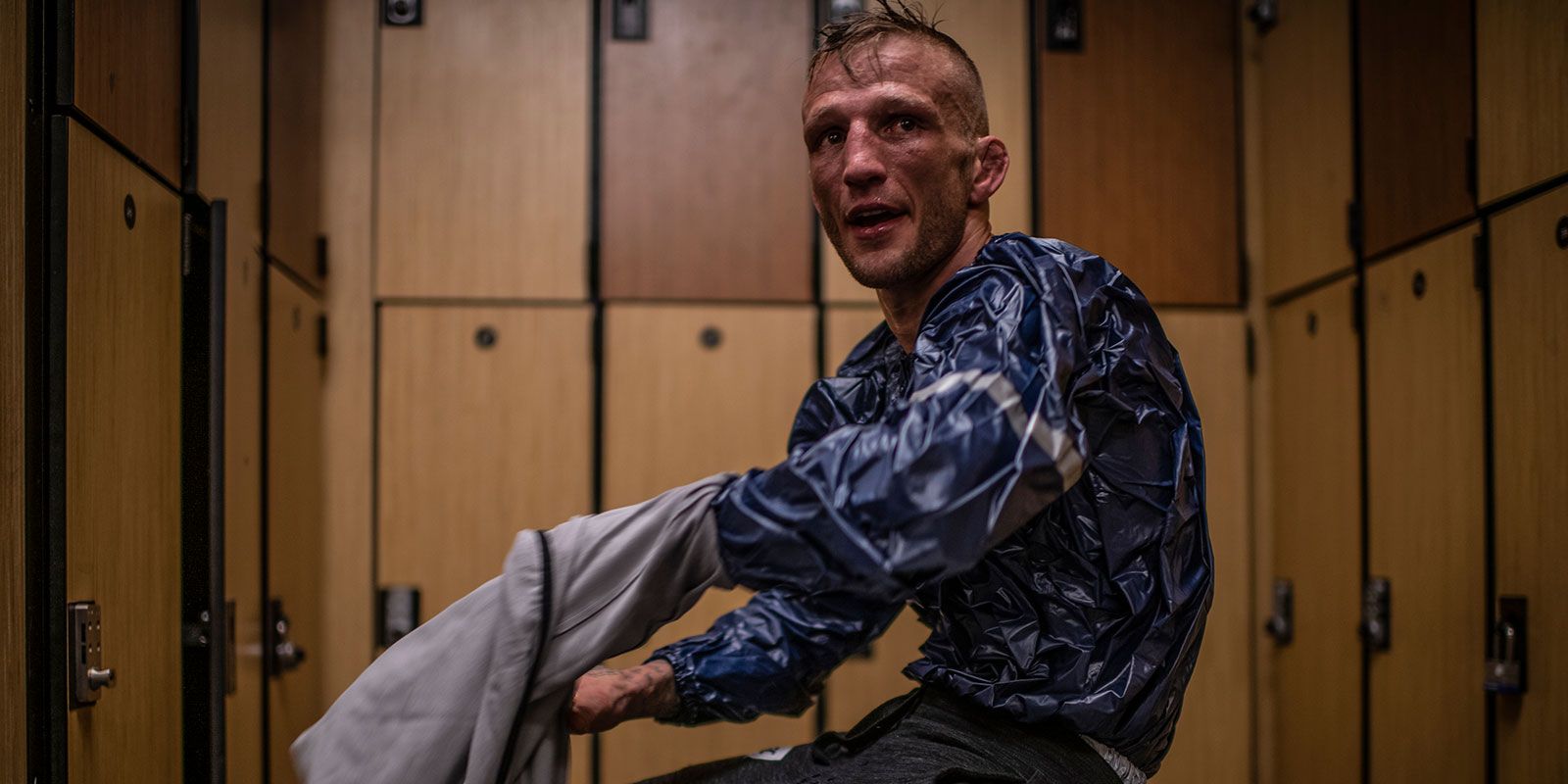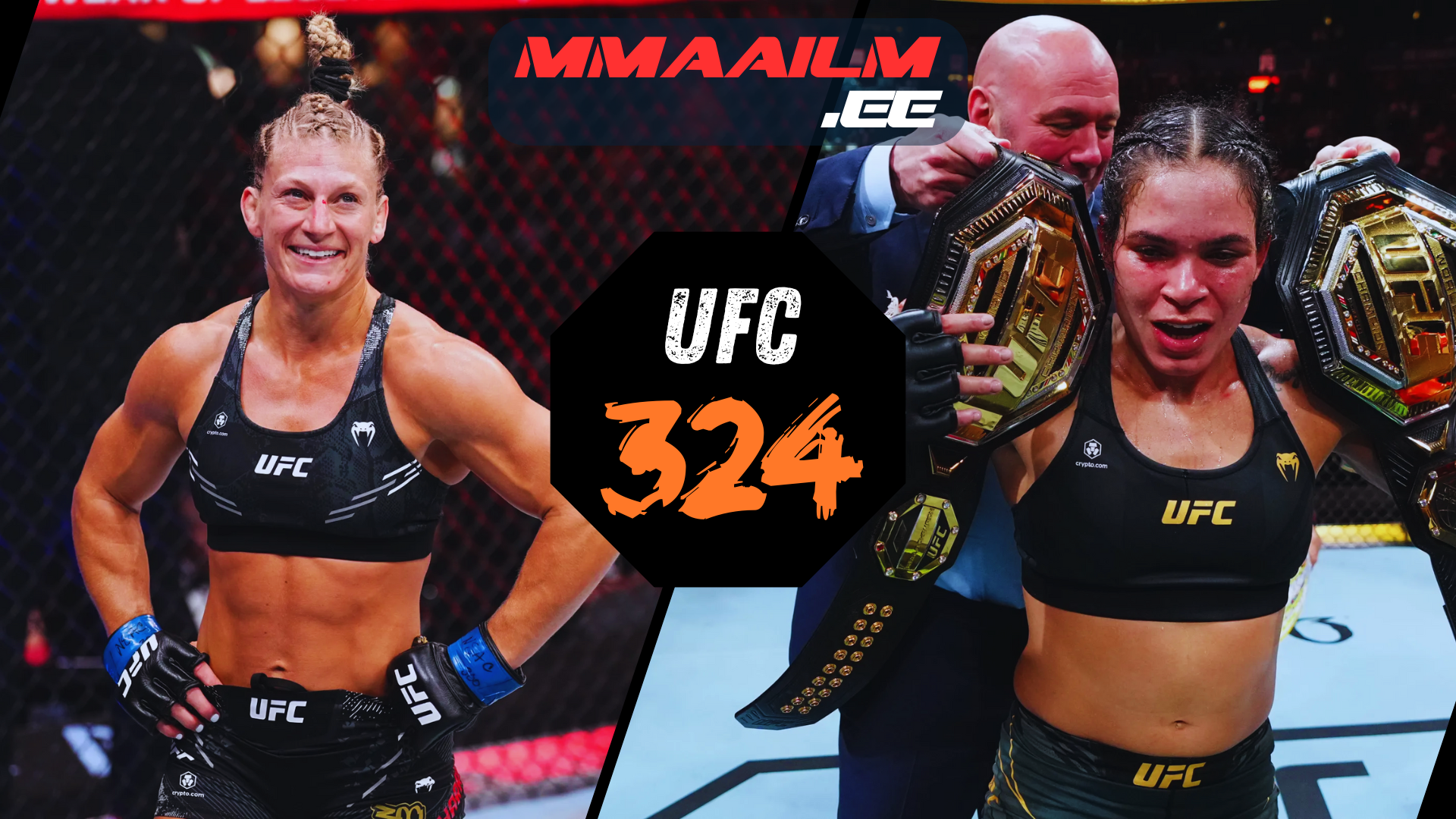The Evolution of MMA – From No-Holds-Barred to Mainstream Sport
history of MMA
Mixed martial arts has undergone a remarkable evolution from its raw, unregulated beginnings to the polished global sport we know today. Both new fans and longtime followers can appreciate how far MMA has come in just a few decades. Early MMA (and its precursors) started as style-vs-style experiments with almost no rules, often billed as “no-holds-barred” fights. Today, MMA is a mainstream sport with unified rules, weight classes, and high-level athletes who train in multiple disciplines. In this article, we’ll explore the history and evolution of MMA – highlighting key stages from ancient combat sports to the modern UFC era.
evolution of mixed martial arts
origins of UFC
Ancient Roots and Early Inspirations
While modern MMA is relatively young, the concept of mixed fighting styles isn’t entirely new. In ancient Greece, a sport called pankration (meaning “all powers”) was introduced in 648 BC at the Olympic Games. Pankration was a blend of boxing and wrestling where almost anything was allowed – an early form of no-rules hand-to-hand combat. This ancient sport featured strikes, locks, and chokes; its existence shows that humans have long been curious about pitting different fighting techniques against each other. Similar ideas appeared elsewhere; for example, some Chinese martial arts competitions and medieval combat sports also combined striking and grappling. Fast forward to the late 19th and early 20th centuries, and we see things like catch wrestling contests and Vale Tudo in Brazil. Vale Tudo (Portuguese for “anything goes”) emerged in the 1920s as a kind of no-rules fighting contest, often featuring practitioners of different martial arts testing themselves. These events – often held in circuses or gyms – were brutal and had minimal rules, essentially foreshadowing what would later become modern MMA. The famous Gracie family of Brazil, pioneers of Brazilian Jiu-Jitsu (BJJ), often held “Gracie Challenges” inviting fighters of any style to fight them in no-rules matches to prove BJJ’s effectiveness. This happened throughout the mid-20th century and built a foundation for mixed-style competition. Additionally, the concept of mixing martial arts was popularized by Bruce Lee in the 1960s and 70s – he advocated that a true fighter should absorb techniques from everywhere (his philosophy of Jeet Kune Do) and famously portrayed style-vs-style fights in movies like Enter the Dragon. These cultural moments set the stage for what was to come.
beginnings of MMA
MMA sport evolution
The Birth of Modern MMA – UFC 1 and the 1990s
The modern era of MMA began with a single question: Which martial art is superior in a real fight? That question was answered on November 12, 1993, when the first Ultimate Fighting Championship event (UFC 1) took place in Denver, Colorado. The UFC was originally conceived as a one-night tournament to determine the most effective fighting style, and it was as close to no-holds-barred as legally possible. There were almost no rules: no weight classes, no time limits (in the very early events), and very few fouls (basically just no eye-gouging, bites, or groin strikes). Fighters from different backgrounds were pitted against each other – you had a boxer (Art Jimmerson) vs. a wrestler, a savate kickboxer vs. a sumo wrestler, and most famously, a Brazilian Jiu-Jitsu fighter (Royce Gracie) taking on all comers. The results shocked a lot of people: Royce Gracie, the relatively skinny grappler in a gi, dominated much larger strikers by taking them down and submitting them. In fact, Royce won 3 of the first 4 UFC tournaments, establishing Brazilian Jiu-Jitsu as a critical art for any fighter. His early wins (often by choke) proved that pure strikers were at a huge disadvantage if they didn’t know ground fighting. These early UFC events were very raw – fighters fought multiple times in one night, they fought bare-fisted (only minimal hand wraps), and bouts could only end by submission, knockout, or the corner throwing in the towel (no judges). The spectacle was marketed on PPV as “There are no rules!” (though that wasn’t entirely true). This era introduced fans to the idea of mixed martial arts, though the term “MMA” wasn’t really used yet; people called it NHB (No Holds Barred) or cage fighting.
The brutality of early UFCs drew attention, but also criticism. By the late ‘90s, politicians like U.S. Senator John McCain saw the events – which at the time had things like headbutts and hair-pulling allowed – and famously labeled them “human cockfighting,” seeking to ban them. This led to the sport being dropped from cable TV and outlawed in many states. The “Dark Ages” of MMA were a few years in the late 90s when the UFC struggled to survive, holding events in states with looser laws (like Alabama) or on Indian reservations. Meanwhile in Japan, a promotion named PRIDE Fighting Championships launched in 1997, embracing the spectacle of style-vs-style fights in a huge arena setting. PRIDE had its own loose rule set (they allowed soccer-kick kicks to the head of a downed opponent, something UFC banned), and it quickly became home to many of the world’s best fighters, especially heavier weight fighters like Fedor Emelianenko and Mirko “Cro Cop” Filipović in the early 2000s.
growth of mixed martial arts
history of MMA
Introduction of Rules and Unified Standards
Facing extinction due to political pressure, the UFC (under new management in 2001 – Zuffa, led by Dana White and the Fertitta brothers) undertook a major image makeover. They worked with state athletic commissions (notably New Jersey and Nevada) to create the Unified Rules of MMA around 2000-2001. This ruleset added many safety measures and standardizations:
- Weight classes (no more open-weight fights in UFC; by 2001 they had multiple divisions, as described in Article 1).
- Rounds and time limits (no more hour-long fights – matches became 3 rounds of 5 minutes for non-title fights, 5 rounds for title fights or main events).
- Mandatory gloves (small fingerless gloves to protect hands).
- A list of fouls (no headbutts, no groin shots, no eye pokes, no small-joint manipulation, no fish-hooking, no 12-to-6 downward elbows, etc.).
- Judges scoring fights using the 10-point must system (adapted from boxing) if no finish occurred.
These changes, along with marketing efforts, transformed MMA into a legitimate sport rather than a spectacle. By 2002-2003, states began sanctioning UFC events again under these rules. PRIDE in Japan, meanwhile, continued with slightly different rules until 2007 (they had 10-minute first rounds and different foul tolerances), but the Unified Rules would eventually become the worldwide standard after PRIDE was bought and absorbed by UFC.

evolution of mixed martial arts
origins of UFC
Mainstream Breakthrough – TUF Era and Global Expansion
A pivotal moment in MMA’s evolution was the debut of The Ultimate Fighter reality show in 2005. The show aired on Spike TV and featured up-and-coming fighters living together and competing for a UFC contract. It culminated in a live finale fight (Forrest Griffin vs. Stephan Bonnar) that is often credited with capturing a huge new audience for the UFC. Off the back of that success, UFC’s popularity surged in the mid-2000s. Fights started getting covered on mainstream sports media, and stars like Chuck Liddell, Tito Ortiz, Matt Hughes, and Randy Couture became well-known names among sports fans. The UFC began doing big pay-per-view numbers and expanded internationally – going to Canada, the UK, and beyond.
At the same time, PRIDE FC in Japan was thriving (till its 2007 collapse), providing a parallel universe of MMA overseas with legendary fighters (many of whom eventually fought in UFC after PRIDE folded). Other promotions like Strikeforce, WEC, and Bellator popped up in the 2000s, giving fighters more platforms and fans more events. The sport by this time had weight classes from 125 up to heavyweight, female fighters were coming up (Strikeforce introduced women’s fights in late 2000s), and MMA gyms teaching multiple disciplines became common.
beginnings of MMA
MMA sport evolution
Evolution of Fighters and Fighting Styles
The fighters themselves evolved drastically over this period. Early UFC might see a karate blackbelt who knew zero grappling get submitted in a minute. By the 2000s, any successful fighter had to be well-rounded. This gave rise to what we now think of as the modern MMA fighter: someone who trains Muay Thai or boxing for striking, wrestling for takedowns and defense, and Brazilian Jiu-Jitsu for ground fighting and submissions. The days of single-style specialists dominating were over. For example, in 1994 a pure wrestler like Dan Severn could slam people around, but by 2004 a wrestler who hadn’t learned submissions and strikes would be in big trouble. Fighters like Georges St-Pierre (GSP) exemplified the new breed – he was excellent in every area (striking, wrestling, BJJ) and could blend them seamlessly. In fact, legends like GSP and Anderson Silva are often cited as being game-changers who showed what a truly well-rounded martial artist could do. Training methods also professionalized – fighters started doing structured fight camps, strength and conditioning, hiring nutritionists, etc., much like other professional athletes.
growth of mixed martial arts
history of MMA
Public Perception and Legalization
By the 2010s, MMA had largely shed the “blood sport” image and was embraced as a legitimate sport. It’s telling that states like New York, which had banned MMA, finally legalized it (New York was the last state to do so, in 2016). The formation of regulatory bodies like state athletic commissions overseeing MMA, and international bodies like IMMAF (International Mixed Martial Arts Federation) for amateur MMA, further solidified the sport’s structure. Media coverage on ESPN and other networks became routine. The discussion shifted from “should this be legal?” in the 90s to “who is the pound-for-pound best fighter?” in the 2010s.
evolution of mixed martial arts
origins of UFC
Notable Recent Developments
In the last decade, a few things highlight MMA’s evolution: the UFC signed a major broadcast deal with ESPN (starting 2019), which signaled how mainstream it had become. The introduction of women’s divisions in UFC in 2013 (spearheaded by Ronda Rousey’s star power) proved that the sport was inclusive and evolving – something once thought impossible (Dana White famously said in 2011 there would never be women in the UFC, only to be proven wrong). Fighters today are also more skilled than ever; the sport keeps evolving as new techniques and strategies emerge (for instance, calf kicks became a huge trend in the late 2010s as an effective strike that wasn’t widely used before).
MMA has also seen the crossover of fighters into other sports and vice versa (e.g., Conor McGregor boxing Floyd Mayweather in 2017 in one of the biggest combat sports events ever). This cross-pollination was only imaginable because MMA had risen to near parity with boxing in terms of global interest.

beginnings of MMA
MMA sport evolution
Conclusion
The journey of MMA from a fringe spectacle to a worldwide phenomenon is a testament to the sport’s excitement, the adaptability of its athletes, and smart changes in rules and presentation. New fans watching today’s highly skilled, well-regulated fights might be shocked to learn just how chaotic and lawless things were at the start. Meanwhile, veteran fans who remember the one-dimensional brawlers of old can appreciate the technical mastery and athlete caliber on display now. MMA’s evolution is ongoing – with continued debates on rules (e.g., judging criteria or weight class additions), further international growth (events in new countries, new talent pipelines), and even talk of potential Olympic inclusion for amateur MMA down the line. From the early days of “two men enter, one man leaves” style curiosity to the professional sport filling arenas, MMA has come a long way. Its rich history, filled with colorful characters and dramatic changes, sets the stage for an even more dynamic future. The next time you watch a UFC event, remember – not long ago, this sport was an underground oddity. Today, it’s a global sporting powerhouse, and its evolution is one of the great sports stories of the last 30 years.
growth of mixed martial arts
MMAailm.ee is a premier MMA blog committed to delivering comprehensive analysis, up-to-the-minute news, and exclusive insights into the global landscape of mixed martial arts. Catering to passionate MMA enthusiasts worldwide, MMAailm.ee covers everything from fight night breakdowns and athlete performances to technical evolutions and behind-the-scenes narratives. Our mission is to bridge the gap between fans and the ever-evolving world of MMA through timely information and engaging content.
Latest articles
-
The Best Base for MMA: Wrestling, BJJ, or Striking?
-
Weight Cutting in MMA: The Science, Dangers, and Process Explained
-
UFC no more PPVs? How the new Paramount+ deal changes everything
-
Saudi expansion in MMA and the new geography of the sport
-
PFL Bellator merger: what actually changed?
-
Amanda Nunes vs Kayla Harrison UFC bantamweight title fight and the new era at 135






